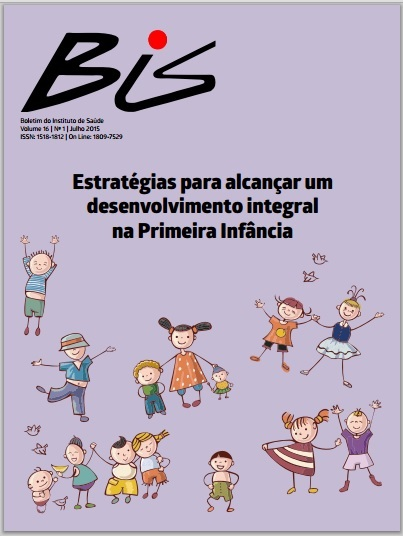Abstract
This article aims to present the experience of the Foundation Maria Cecilia Souto Vidigal with the implementation of the Very Early Childhood Program in 12 municipalities of São Paulo, the challenges encountered, the strategies used and the results obtained. Created with the goal of designing a set of strategies to improve care practices and care for young children and pregnant women, through the dissemination of knowledge on the development of early childhood, life period from pregnancy to six years, encouraging the community mobilization and management support and leadership. Started in 2009, the program focused on training and encouragement for the joint performance of health, education and social assistance professionals, providing a comprehensive and integrated view of the child as a subject of rights, especially for the full and healthy development. Successful in its objectives, in 2013 the program gained scale and has become a reference for other municipalities, making it the state policy of the State Government of SP. The following year, it received the ALASBID Award in the category Best Innovation Award. Sponsored by the Fundación Latin America en Acción Solidaria (ALAS) and the Inter-American Development Bank (IDB), the Award recognizes innovation and excellence in social programs that benefi t children in Latin America and the Caribbean.
References
2. Fundo das Nações Unidas para a Infância. Manual como realizar a semana do bebê em seu município. Brasília (DF); 2010. [acesso em 30 mar 2015]. Disponível em: http:// www.unicef.org/brazil/pt/br_semanadobebe.pdf.
3. Marino E, Pluciennik GA, organizadores. Histórico e fundamentação teórica do Programa São Paulo pela Primeiríssima. São Paulo: Fundação Maria Cecília Souto Vidigal, São Paulo, 2011.
4. Schweinhart LJ. The high/scope Perry preschool study through age 40. [acesso em 30 mar 2015]. Disponível em: http://www.highscope.org/file/Research/PerryProject/ specialsummary_ rev2011_02_2.pdf
5. Shonkoff JP. Proteger os cérebros, não apenas estimular as mentes. Science. 333. [acesso em 31 mar 2015]. Disponível em: http://www.fmcsv.org.br/pt-br/acervodigital/Paginas/Proteger-os-C%C3%A9rebros,-N%C3%A3oApenas-Estimular-as-Mentes-Jack-P.aspx
6. The Riksbank’s Prize in Economic Sciences: 2000. [acesso em 3 jul. 2015]. Disponível em: http://www. riksbank.se/en/The-Riksbank/Economics-prize/
7. Young ME, organizador. Do desenvolvimento da primeira infância ao desenvolvimento humano. São Paulo: Fundação Maria Cecília Souto Vidigal, 2010.

This work is licensed under a Creative Commons Attribution 4.0 International License.
Copyright (c) 2022 Gabriela Aratangy Pluciennik
